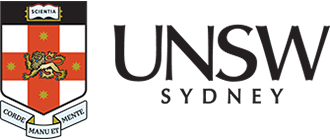Creative Technology Network
The home of UNSW Arts, Design & Architecture's creative tech.
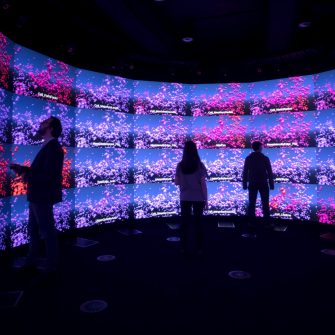
The Creative Technology Network brings together UNSW Arts, Design & Architecture's creative facilities and services to provide an opportunity to connect with innovative creative technology and academic expertise.
The network
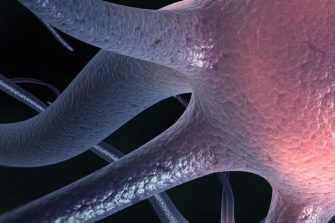
3DXLab
Key contact
Associate Professor John McGhee, 3DXLab, Lab Director and Scientia Fellow
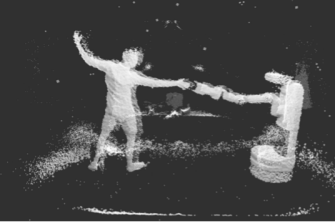
Creative Robotics Lab
Creative Robotics Lab
What we do
The CRL is a collaborative research and educational space that advances interaction between humans and machines by designing and evaluating novel interfaces and incorporating the principles of creative practice in its approach to social robotics.
Key contact
Professor Mari Velonaki, Director, Creative Robotics Lab
mari.velonaki@unsw.edu.au
Dr Scott Brown, Assistive Technologies Lead, Creative Robotics Lab
scott.brown@unsw.edu.au
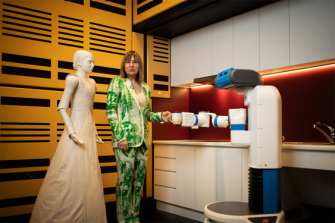
National Facility for Human Robotic Interaction Research
National Facility for Human Robotic Interaction
What we do
The Facility is purpose-designed to host a wide variety of experiments investigating how people interact with technological devices, including robots. State-of-the-art sensors are concealed in the experiment space allowing unobtrusive measurement of human physical attributes such as location and limb position. Internal states such as affect and intent can then be inferred from the physical measurements. The streams of time-stamped data can then selectively be logged to computer disk and/or used in real time to control technological devices in the experiment space.
Our tech infrastructure
The Facility is available for academic or commercial collaborative or contract research and for social purposes. There is no comparable facility for HRI research worldwide.
- Dedicated space for experiments with people and technology
- Large experiment room 16x7.5x4.5m high (120m2 floor area)
- Controlled acoustics, climate and lighting
- Isolated experiment control room for experiment data acquisition and control, as well as audio, visual and telemetry monitoring during experiments
- Separate pre- and post-experiment interview room
- Separate foyer and waiting room
- All rooms acoustically isolated
- Wheelchair accessible
Key contact
Professor Mari Velonaki, Director, National Facility for Human Robotic Interaction Research
info@hri.edu.au
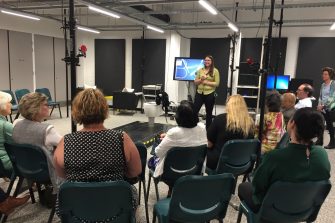
The Liveability Lab
The Liveability Lab
What we do
The Liveability Lab, part of the Enabling Built Environments Program (EBEP), investigates the design of the built environment for those who are often excluded from design decisions.
Our tech infrastructure
The lab boasts an 18-camera 3D motion capture system, handheld 3D scanner, pressure mats and an array of anthropometric measurement equipment to assess eronomics, biomechanics and usability.
Key contact
Dr Konstantina Vasilakopoulou, Director HMInfo
k.vasilakopoulou@unsw.edu.au
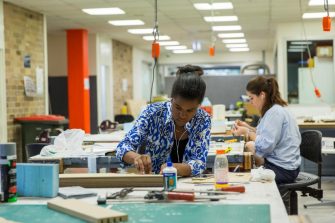
Design Futures Lab
Design Futures Lab
What we do
The Design Futures Lab has ten different spaces, each of which houses a unique group of machines, materials and making possibilities.
Our tech infrastructure
- Wood workshop
- Advanced manufacturing lab
- Digital fabrication lab (laser cutting)
- Metal workshop
- Robotic collab
- Wet lab
- Light activity space
- Polymers workshop
- Digital fabrication lab (3D printing)
- Spray booth
Key contact
design.lab@unsw.edu.au

The Making Centre
The Making Centre
What we do
The Making Centre at Paddington is a collection of six main workshops and studios. Additonally, there are several production facilties.
Our tech infrastructure
Workshops and studios
- Ceramics
- Jewellery
- Wood
- Metal
- Screen printing
- Printmaking
Production facilities
- Interactive Media Lab
- Makerspace
- The Blackbox
- Audio capture studio and control rooms
- Sound edit suites and vocal booths
- Video edit suites
- Image capture studios
- Photography darkrooms
- Photography film processing lab
Key contact
artdesignmakingcentre@unsw.edu.au
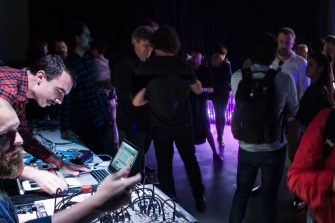
Interactive Media Lab
Interactive Media Lab
What we do
The Interactive Media Lab (IML) at UNSW School of Art & Design researches and teaches emerging media technologies and their application in creative work. The lab's research areas include:
- Immersive environments
- Data visualisation
- Media architecture and media facades
- Spatial audio
- Wearable technology
- Biofeedback
- Music and performance technology
- The potential for creative agency in machines
Key contact
Associate Professor Ollie Bown
o.bown@unsw.edu.au
Dr Patricia Flanagan
patricia.flanagan@unsw.edu.au
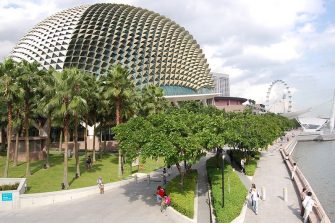
High Performance Architecture
High Performance Architecture
What we do
The High Performance Architecture research cluster aims to deliver research innovation in design, planning and management of high performance buildings and cities.
Our tech infrastructure
- Energy bus - mobile weather station
- Radiometric infrared drone
- Thermal comfort meter
- Air quality monitoring device
- Multiple infrared cameras
- Temperature loggers (sensors and supporting structure)
- Portable cup anemometers
- Infrared thermometers (pirometers)
- Mobile thermal comfort kits
- Surface
Key contact
Associate Professor Lan Ding
hpa@unsw.edu.au

City Analytics Lab
City Analytics Lab
What we do
CAL comprises a large decision support theatre and three dedicated Virtual Reality (VR) / Augmented Reality (AR) rooms, along with a Tangible Table sandbox and observation rooms for undertaking experiments. CAL has been established to support the envisioning of sustainable, productive, liveable and resilient cities and provides a unique opportunity to study the decision-making processes associated with city planning and design.
Our tech infrastructure
- VR
- Observation rooms with two one-way mirrors and separate adjoining rooms
- AR sandbox
- Six high-end mobile workstations for Mobile VR Lab (Oculus Rift)
- Three high-end mobile workstations for Red Centre Basement (Oculus Rift and HTC Vive)
- Five Oculus Gear VRs with Samsung S7s
- Five Microsoft Hololens AR headsets
- One Tobil pro glasses 2
- One virtual reality eye tracker
Key contact
Professor Christopher Pettit
Balamurugan Soundararaj
s.bala@unsw.edu.au
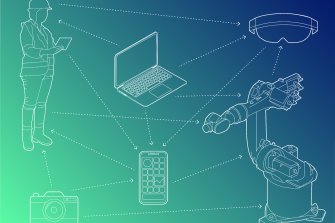
ARC ITTC (Industry Transformation Training Centre) for Next-Gen Architectural Manufacturing
ARC ITTC (Industry Transformation Training Centre) for Next-Gen Architectural Manufacturing
What we do
The ARC ITTC for Next-Gen Architectural Manufacturing (Arch_Manu) aims to transform the national architectural and engineering professions to meet Australia’s immediate strategic needs in terms of productivity and climate goals.
Being a partnership between academia and industry, we will triangulate world-leading researchers, visionary practitioners, and talented graduates to integrate state-of-the-art research into architectural practice. Our program of industry-embedded PhDs, national and international placements, short courses, and interdisciplinary postdoctoral projects will grow manufacturing knowledge, skills, and capacity within the Australian architectural workforce, while delivering novel manufacturing-specific design tools and frameworks for the sector.
Arch_Manu's research will investigate when and how digital strategies in the Architecture, Design, and Engineering industries can deliver new solutions, services, or modes of operation that can fundamentally change the way buildings are designed and manufactured, while also seeking net-positive solutions.
Our tech infrastructure
- Office space for a total of 25 admin staff / post doc / PhD and academic lead
- With the Design Futures Lab, a fabrication facility which allows us to manufacture architectural components and elements
Key contact
Associate Professor Matthias (Hank) Haeusler
archmanu@unsw.edu.au
